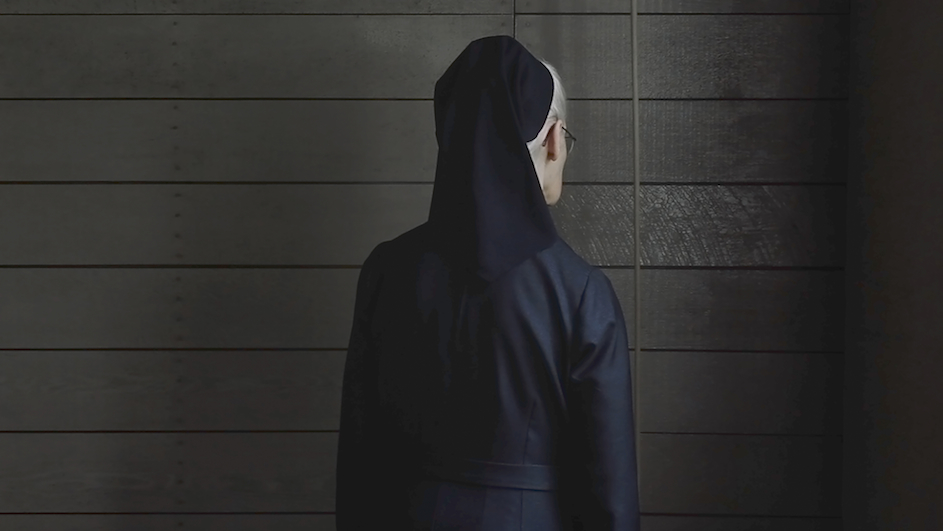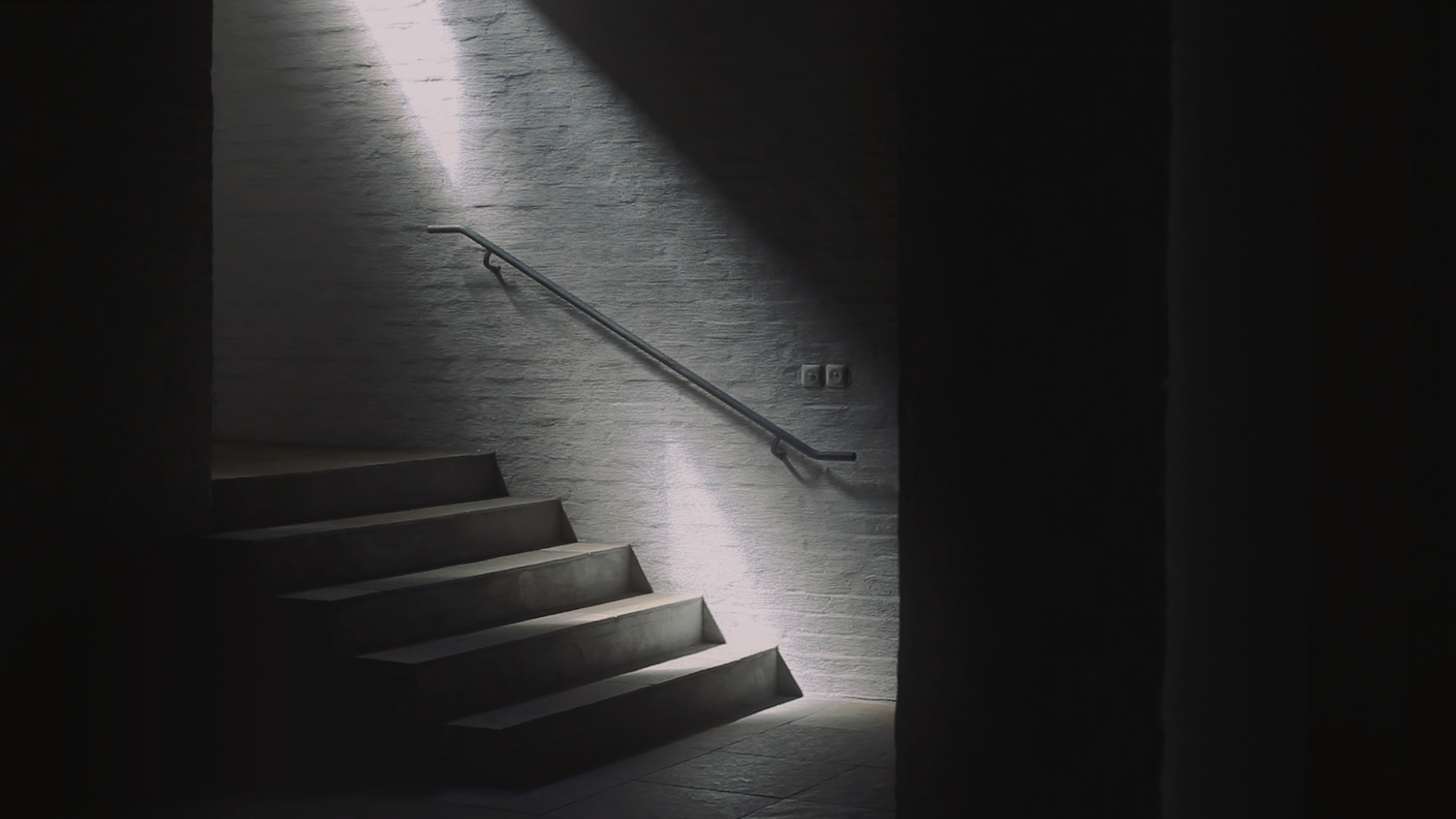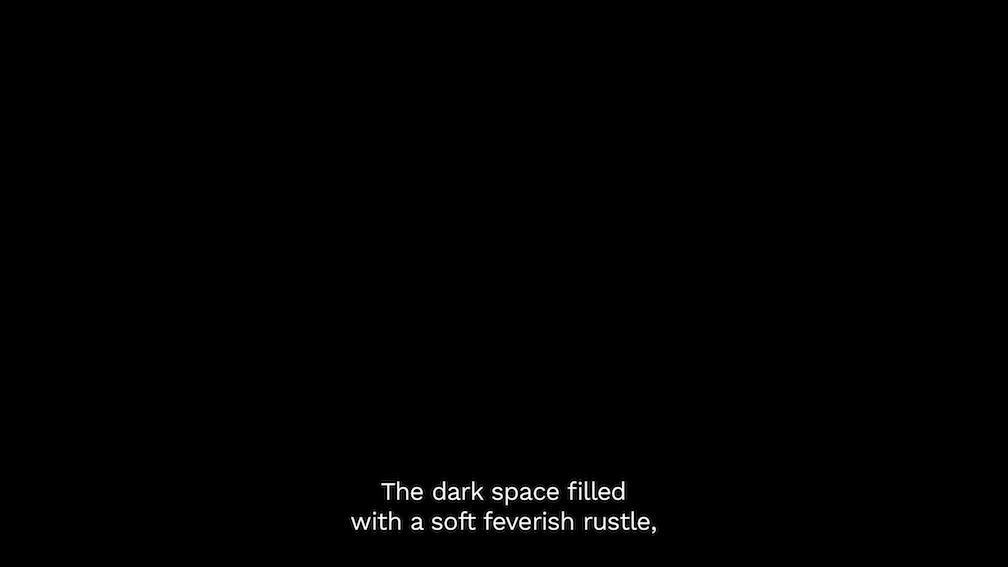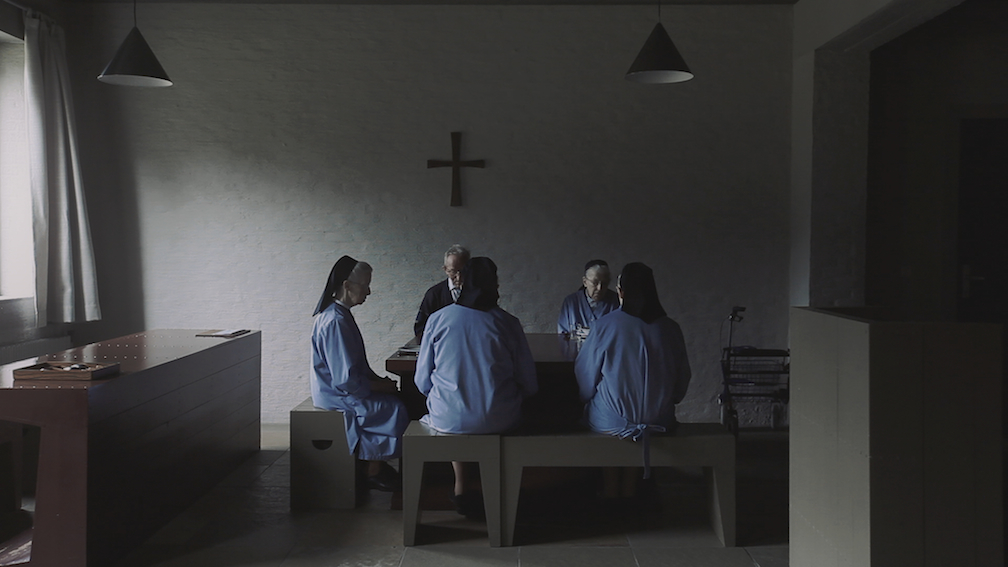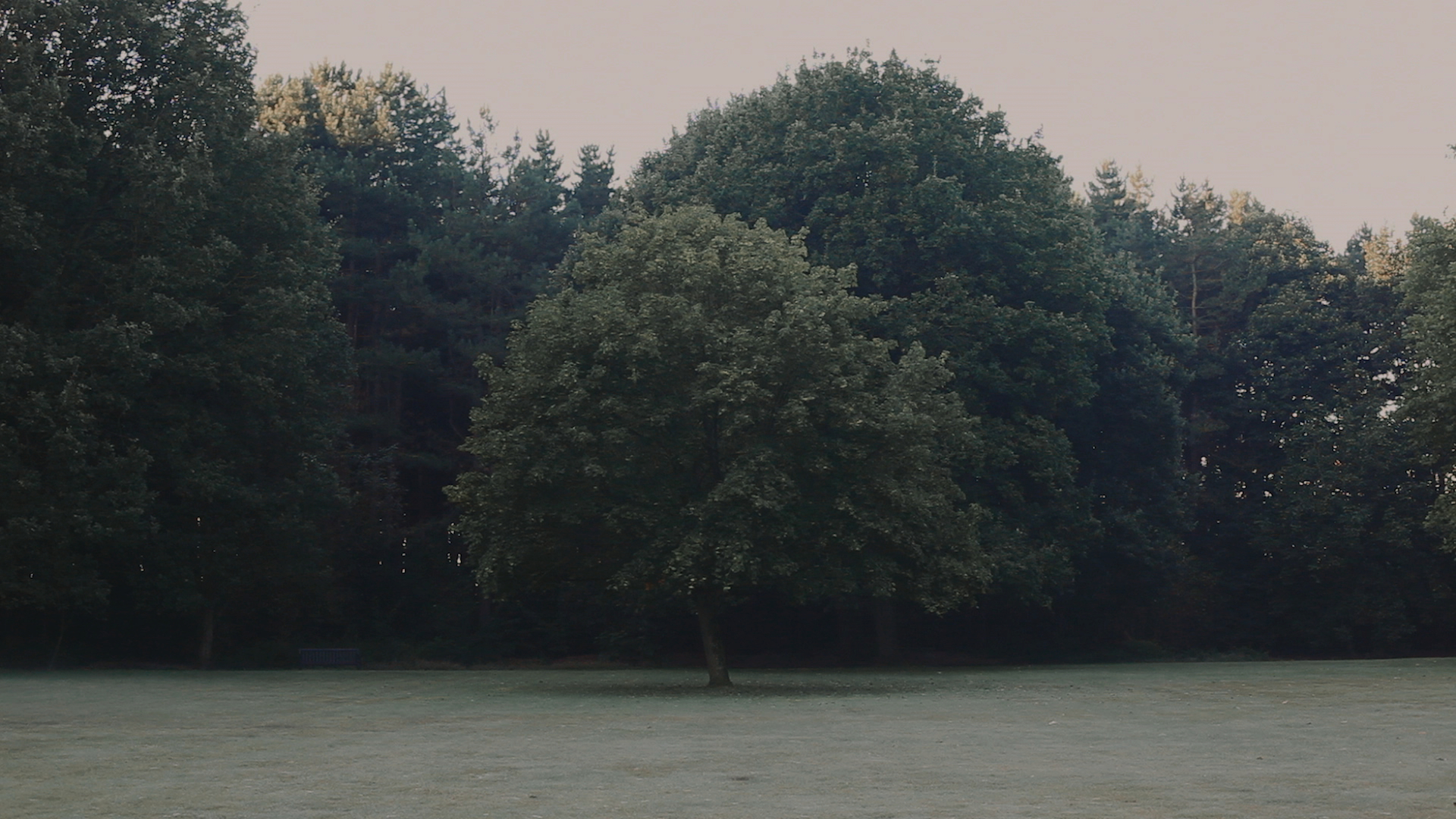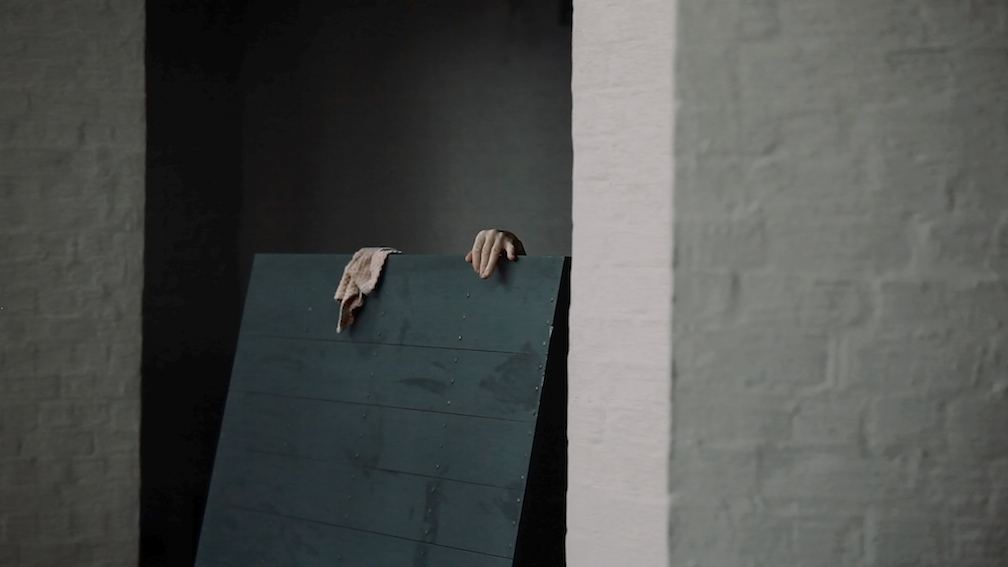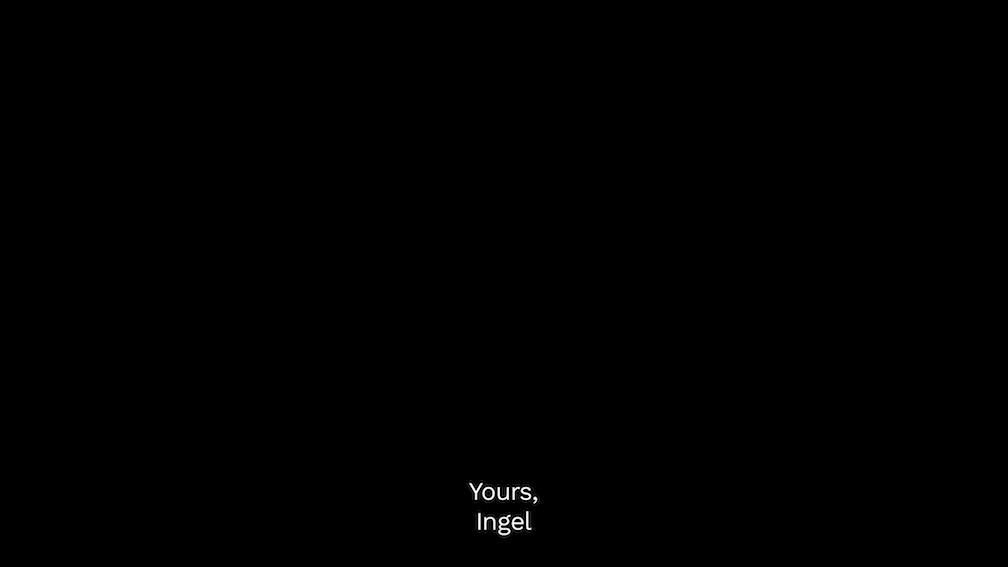ROOSENBERG
- Ingel Vaikla
Roosenberg (EE/BE)
2017
HD video, 29ʼ15ʼʼ
Directing/Text/Camera: Ingel Vaikla
Edit: Olivia Degrez, Ingel Vaikla
Sound Design: Simonluca Laitempergher
Sound Mix: Simonluca Laitempergher, Raf Enckels
Grading: Max Golomidov
Sound Recordings: Simonluca Laitempergher
Typography: StuudioStuudio
World premiere: November 19th 2017, International Documentary Film Festival Amsterdam 2017
Festivals: Màntica Theatre Festival, Cesena, Italy 2017; Dom Hans Van der Laan. A House for the Mind, Exhibition at deSingel Architecture Gallery, Antwerp, Belgium 2017; How Do Buildings Care? La Loge, Brussels 2017, Docpoint Tallinn 2018
Roosenberg is a place, a space, a building, a letter. Roosenberg is Amanda, Godelieve, Rosa and Trees. Roosenberg is a documentary film about an abbey for women that houses a core community of Marian Sisters of St. Francis in the small Belgian village of Waasmunster. The monastery building is a fascinating example of modernist architecture designed by a monk architect van der Laan in 1975. In the summer of 2016, only four old nuns were still living there, diligently carrying out the religious rituals and taking care of the building. Their lives are regulated by daily routines to keep the building – their small universe – in function. By wearing the specially designed robes they become part of the spaces, blending in with the walls and the furniture, the human extensions of the architecture. The sisters are the souls of the place and the place cannot exist without them. In the film Roosenberg, through the nuns we are introduced to the different spaces, to the building’s religious and every day functions, to its character through form, light and sound. The abbey had become part of the identity of the sisters who had been living there for more than 40 years. At the end of the summer the nuns have to move out from the building to a home for elderly people. That is the end of life in the building, the monastery remains empty. This close relationship between the space and the community is the core of the film Roosenberg.
